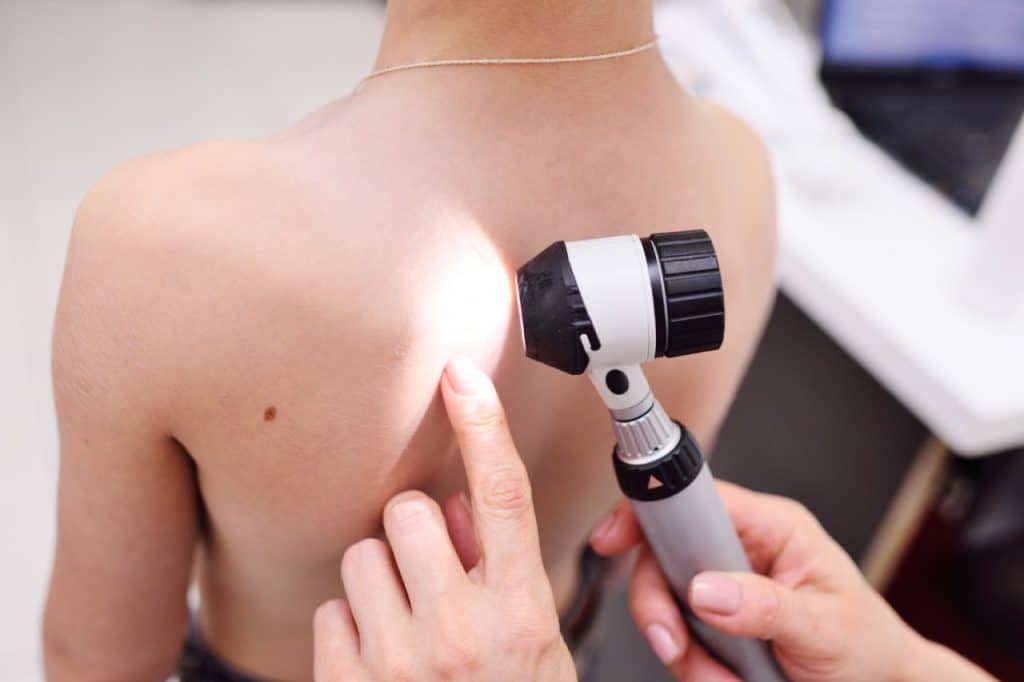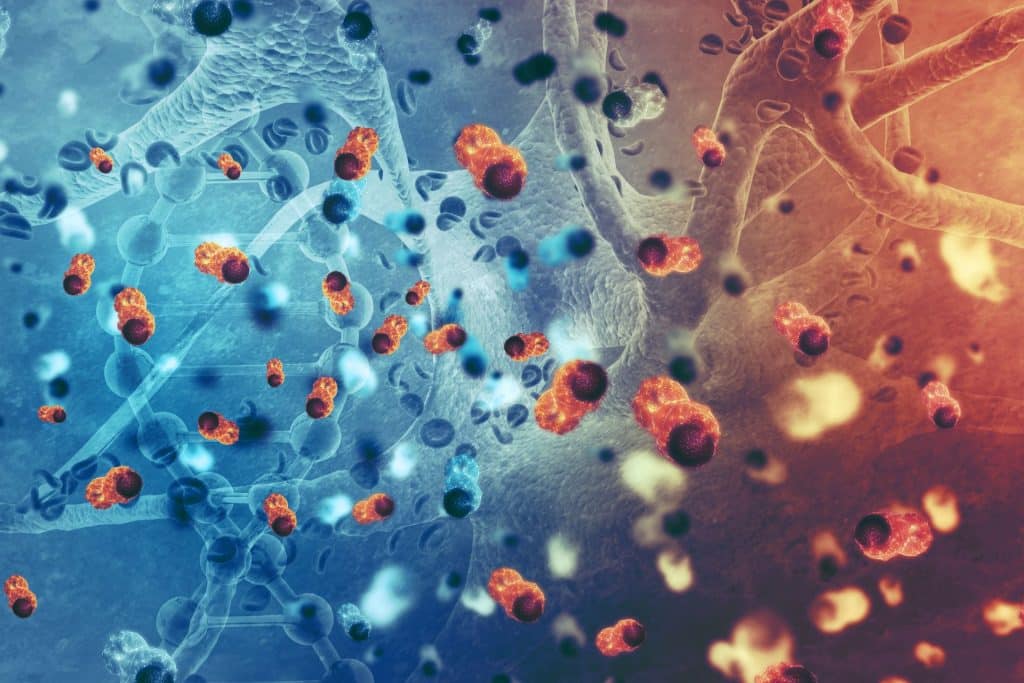The Earliest Forms of Skin
The earliest life forms on Earth had basic protective membranes, serving as the primitive ancestors of modern skin. Single-celled organisms developed phospholipid membranes that controlled nutrient exchange and waste removal. As multicellular organisms emerged, their outer layers became more specialised, forming protective barriers against environmental threats.
Among the earliest multicellular organisms, sponges exhibited primitive skin-like structures that functioned as both protective barriers and respiratory surfaces. As evolution progressed, skin became a more complex organ, with multiple layers serving distinct functions, including thermoregulation, hydration retention, and immune defence.
Skin Adaptation in Vertebrates
As vertebrates transitioned from water to land, their skin had to adapt accordingly. Amphibians developed moist, permeable skin for respiration, while reptiles evolved thick, scaly skin to prevent water loss. In mammals, skin became even more intricate, featuring hair follicles and glands that helped regulate temperature and protect against environmental hazards.
In early human ancestors, skin played a crucial role in thermoregulation. As our predecessors lost most of their body hair, sweat glands became essential in dissipating heat, allowing them to survive and thrive in hot African environments. This adaptation enabled early humans to engage in endurance-based activities like hunting while minimising the risk of overheating.
The Evolution of Human Skin Colour
Why Did Skin Colour Change?
One of the most fascinating aspects of human evolution is the variation in skin colour. The earliest Homo sapiens likely had dark skin, rich in melanin, which provided protection against the intense ultraviolet (UV) radiation in equatorial Africa. Melanin serves as a natural sunscreen, shielding DNA from UV-induced damage while also preventing conditions such as folate degradation, which is crucial for reproductive health and fetal development.
As humans migrated to higher latitudes with lower UV exposure, lighter skin tones evolved. This adaptation allowed for more efficient synthesis of vitamin D, which is essential for bone health. Populations in northern Europe and Asia developed lighter skin to absorb more UV radiation, compensating for reduced sunlight in these regions.
Interestingly, some Arctic populations, such as the Inuit, retained darker skin despite living in low-UV environments. Their diet, rich in vitamin D from marine sources, reduced the evolutionary pressure to develop lighter skin.

The History of Skin Cancer
Ancient References to Skin Cancer
Skin cancer is not a modern disease—it has existed for thousands of years. The earliest documented references to abnormal skin growths can be traced back to ancient civilisations. Egyptian medical texts describe various skin conditions, with some hieroglyphic inscriptions detailing ulcerative lesions that bear similarities to squamous cell carcinoma.
Hippocrates (460–375 BC), often referred to as the “Father of Medicine,” was among the first to describe black, ulcerating tumours on the skin, which are now believed to be melanoma. However, due to limited medical knowledge at the time, these tumours were not recognised as a distinct disease but were instead grouped with other skin disorders.
The First Scientific Identifications
One of the earliest formal accounts of occupational skin cancer came in 1775 when British surgeon Percivall Pott identified “chimney sweep’s cancer”—a form of squamous cell carcinoma affecting young boys who worked as chimney sweeps. Pott linked prolonged exposure to soot and inadequate hygiene to the development of scrotal skin cancer, making this one of the first documented cases of environmental carcinogenesis.
In the 19th century, French physician René Laennec—best known for inventing the stethoscope—provided a more detailed description of melanoma. He noted its tendency to spread internally, recognising its metastatic nature. This was a pivotal moment in medical history, as it led to the distinction between different types of skin cancer.
Skin Cancer in the Modern Era
Industrialisation and Increased Risk
With industrialisation came an increase in exposure to carcinogens. Coal tar, arsenic, and other chemicals were widely used in manufacturing, leading to a surge in occupational skin cancers. Additionally, the introduction of artificial UV light sources, such as tanning beds, in the late 20th century further contributed to rising skin cancer rates.
Understanding the Role of UV Radiation
By the mid-20th century, scientists confirmed that ultraviolet (UV) radiation was a primary cause of skin cancer. Studies revealed that individuals with prolonged sun exposure, particularly those with fair skin, had higher incidences of basal cell carcinoma, squamous cell carcinoma, and melanoma.
In response, public health campaigns promoting sun protection gained traction. Sunscreens, first developed in the 1930s, became widely available, and the Sun Protection Factor (SPF) system was introduced in 1978.
Advancements in Skin Cancer Detection and Treatment
Medical advancements have significantly improved skin cancer detection and treatment. Dermatoscopy, a non-invasive technique, allows doctors to examine skin lesions in greater detail, enhancing early diagnosis.
Treatment options have also evolved. Surgery remains the most common approach for non-melanoma skin cancers, but newer therapies, such as targeted therapy and immunotherapy, have revolutionised melanoma treatment. Drugs like vemurafenib and pembrolizumab specifically target cancerous cells while minimising harm to healthy tissue.

Lessons from History: How Can We Protect Ourselves Today?
1. Sun Protection is Essential
The link between UV radiation and skin cancer is well-established. Wearing protective clothing, applying broad-spectrum sunscreen, and seeking shade during peak sunlight hours can significantly reduce the risk of skin cancer.
2. Regular Skin Checks Save Lives
Early detection dramatically improves survival rates. Regular self-examinations and professional skin checks can help identify suspicious lesions before they become dangerous.
3. Education and Awareness Matter
Public health campaigns have made significant strides in educating people about the dangers of excessive sun exposure. Continued efforts to raise awareness about skin cancer risks, particularly among younger generations, remain crucial.
Summary
The evolution of human skin tells a remarkable story of adaptation, survival, and resilience. However, as our environment and lifestyles have changed, new challenges—such as increased UV exposure—have emerged. By understanding the history of skin cancer and the lessons learned over time, we can take proactive steps to protect our skin and prevent disease.
From ancient descriptions of skin lesions to groundbreaking modern treatments, the journey of skin and skin cancer highlights the delicate balance between evolution, environment, and health. The best way forward is to combine historical wisdom with scientific advancements to ensure that future generations remain protected.
Book a skin check consultation today.





